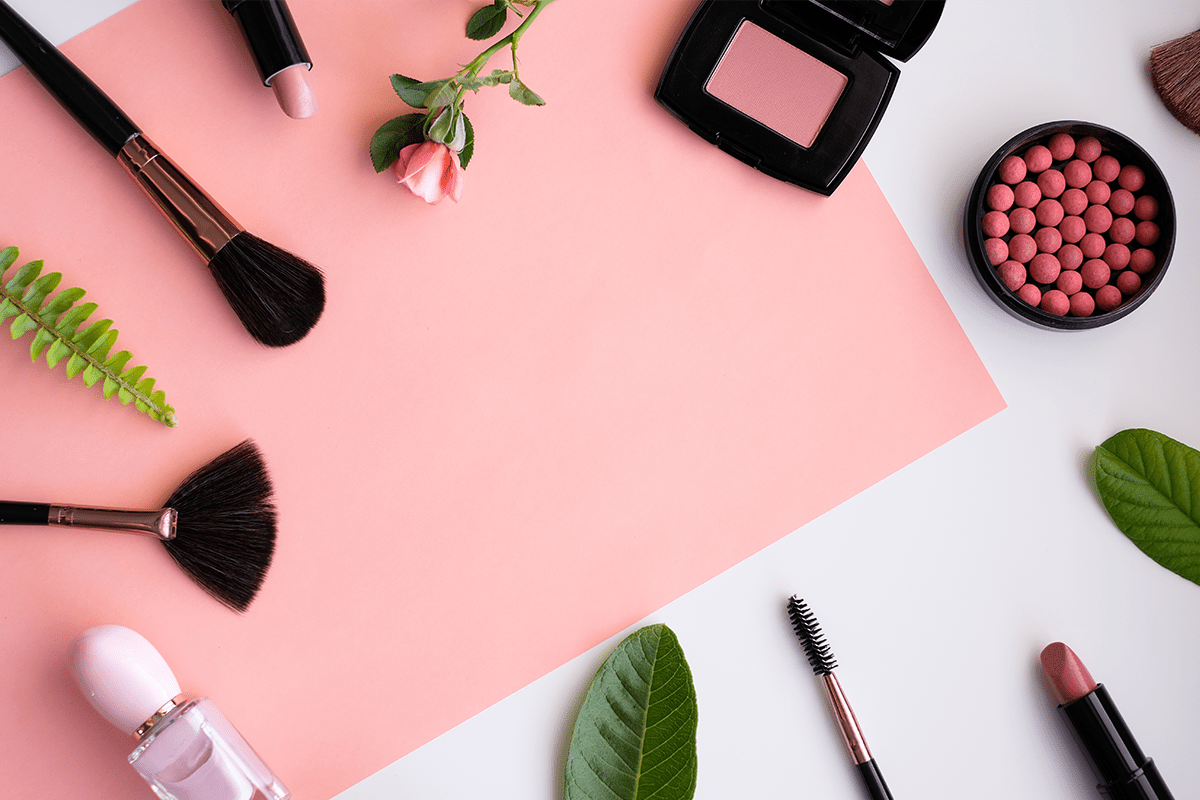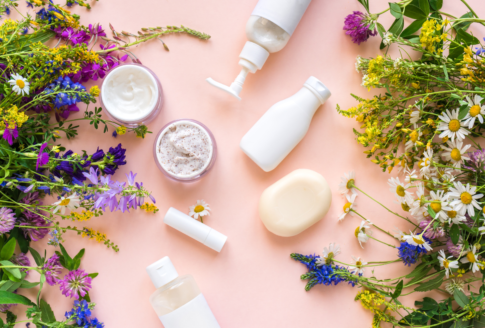Organic and natural cosmetics, everything that we should know

Although in recent years we prefer to consume organic products, what about skin care products and cosmetics that we put on our skin?
Many cosmetic companies claim that they use natural or organic ingredients in order to make their cosmetics. What is exactly defined as “organic cosmetics”, what is the difference between herbal care product and organic one and how can a consumer ensure that they buy a product that meets all the above indications?
Table of Contents
The purity of materials
The ingredients contained in organic and natural cosmetics are divided into 3 subcategories:
- Natural ingredients of natural origin which are unmodified
- Derived natural ingredients from chemical reaction processes on only natural ingredients
- Natural identical ingredients which are produced in the laboratory and can be pigments, minerals and preservatives.
Materials must not contain artificial components or ingredients contaminated with heavy metals, hydrocarbons, pesticides, dioxins, GMOs and nitrates and must be manufactured by simple procedures.
Classification of cosmetic products and care products
Depending on the quantity and quality of the materials used in the production of cosmetics, the last can be classified in to 3 categories:
- Natural cosmetics, which contain natural ingredients and a certain amount of synthetic ingredients or ingredients derived from or made from natural ingredients.
- Natural cosmetics with organic portion, should contain at least 70% of natural ingredients of organic production, higher levels of natural ingredients and lower levels of derived natural ingredients
- Organic cosmetics, containing at least 95% natural ingredients of organic production, and a much smaller percentage of derived natural ingredients ingredients.
The basic standards that most organic and natural cosmetics meet are:
- Do not contain petroleum based ingredients
- Do not contain synthetic preservatives
- Do not have synthetic emulsifiers
- Do not use synthetic fragrances
- Do not use synthetic dyes
- No animal testing
What ingredients are prohibited in natural and organic cosmetics
Apart from the ingredients allowed, there is also a large list of ingredients that are usually synthetic and their use in cosmetics is forbidden because long-term use poses health risks.
The most basic substances are:
- Parabens, preservatives widely used in the field of cosmetics to prevent the growth of bacteria
- SLS / SLES. They are often labeled as sodium lauryl sulphate (SLS) or sodium laureth sulfate and create foam in various cleaning and personal hygiene products.
- Formaldehyde is often used in cosmetology to prevent the growth of bacteria.
- Propylene glycol, which exists in emulsions, sunscreens, make-up and hair products and imparts improved properties.
- Phthalates are chemicals used to increase the elasticity and softness of products.
- Dibutyl fluoride in nail varnish
- Diethyl phthalate in perfumes and lotions
- Dimethyl phthalate in hair sprays
In addition, there are many other ingredients to avoid, such as genetically modified organisms (GMOs), petrochemicals, silicones, BHT, dyes and fragrances, ALS, ALES, animal ingredients etc.
Certification of cosmetics
Cosmetic companies that claim that contain ingredients of natural origin must indicate the proportion of naturla ingedients in their label. Such companies are:
Regarding companies with organic cosmetics, there are non-profit organizations which offer certifications that cosmetics meet the standards and that they are organic or partially organic. Organizations that give credentials are Natrue and Ecocert Greenlife. Companies that have been certified that their cosmetics are organic are:
Disclaimer
The content of this blogspot is not and can not be considered as medical advice, diagnosis or treatment. All information is provided to readers solely for informational purposes. There is no intention to substitute this content for personalized medical advice, diagnosis, prognosis or treatment.


Leave a comment